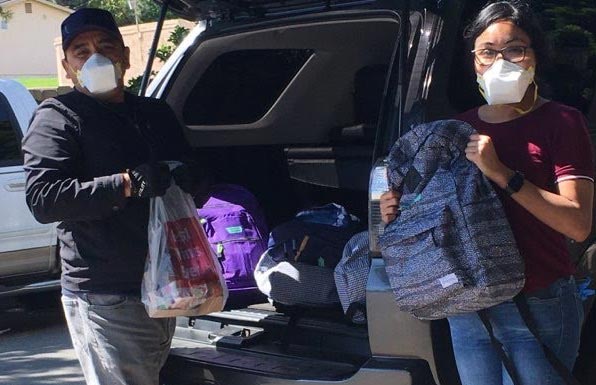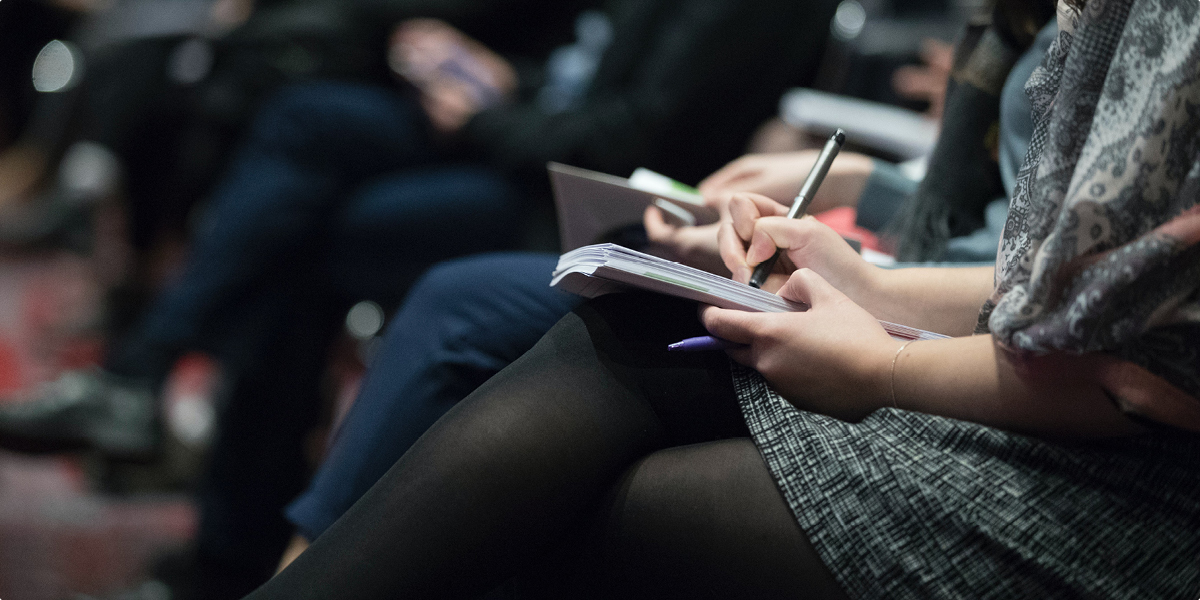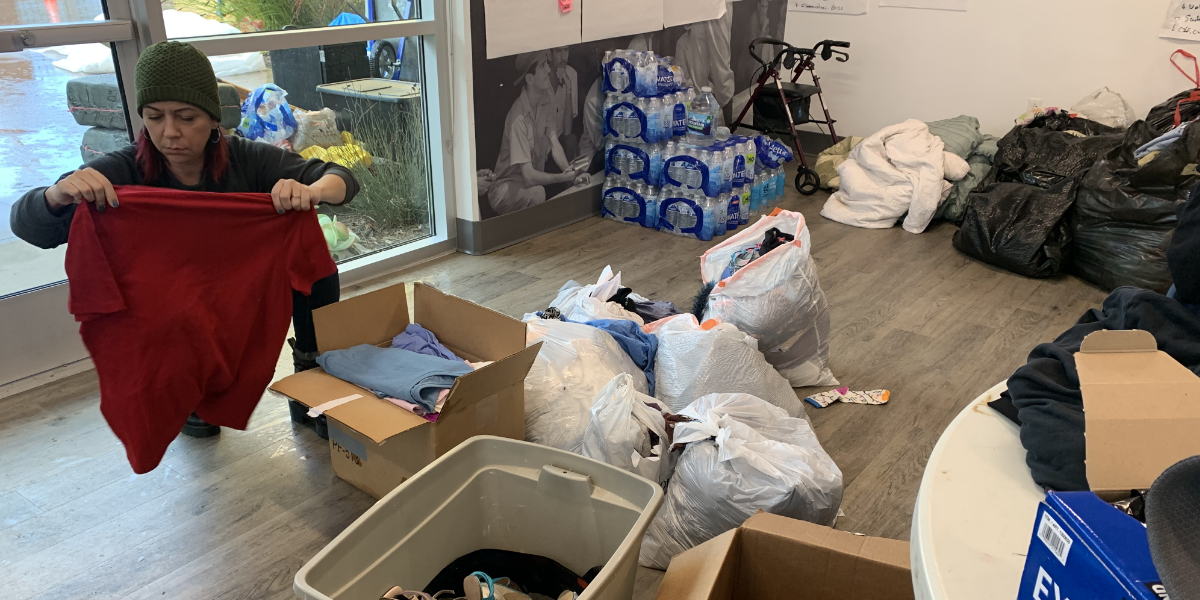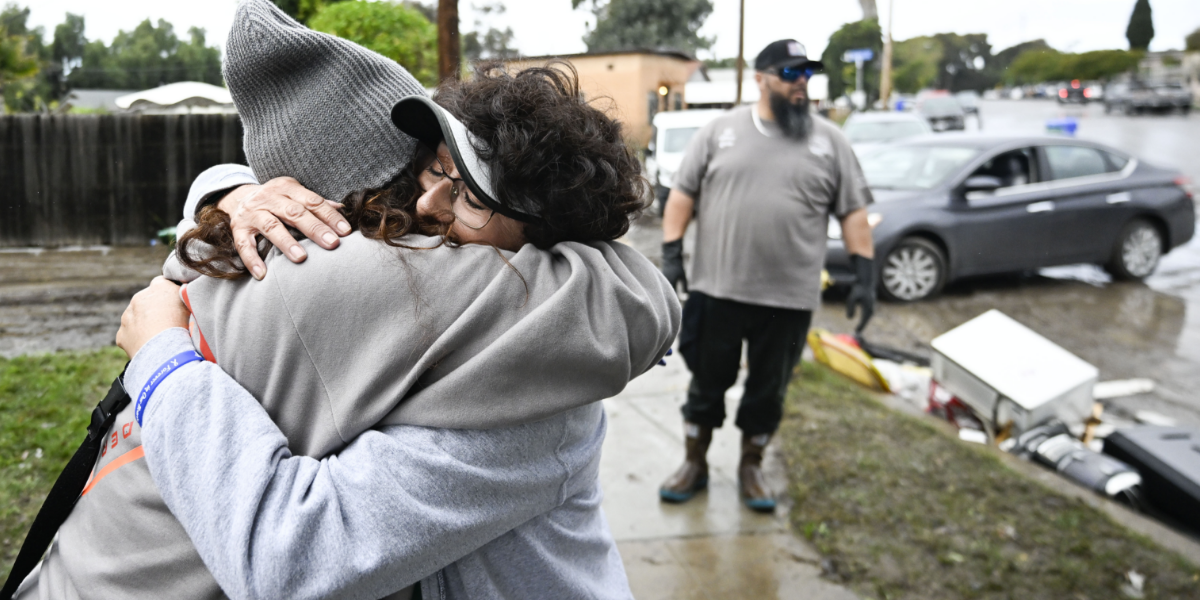Digital equity has been at the core of the Classroom of the Future mission since the nonprofit dedicated to supporting innovative learning environments was launched nearly a quarter century ago.
When the coronavirus pandemic suddenly prompted a complete transition to online learning and sent a shockwave of anxiety to the 100,000 students in the region lacking computer access or internet connectivity, Classroom of the Future took action.
Backed by a $550,000 grant from the San Diego COVID-19 Community Response Fund, Classroom of the Future has helped nearly 19,000 youth across the county who are homeless or from low-income families stay on course with their learning by paying for Chromebooks, low-cost broadband access, and mobile hotspots. Benefitting were the region’s most vulnerable student populations, including those in foster care, experiencing homelessness, or in need of special education service.
Luke and Michael, siblings enrolled in a North County campus that is part of the county’s Juvenile Court and Community Schools, were among the recipients. Equipped with new Chromebooks provided by Classroom of the Future, the boys were able to complete the final 14 weeks of their instruction and graduated in June.
Jasmine, a student at Lindsay Community School for pregnant and parenting teens, received a backpack containing a Chromebook and headphones, along with school supplies and books. That has allowed her to connect with her teachers via Zoom and Google Classroom, participate in virtual book clubs, and access other resources for herself and her child.
“We serve the underserved who have unique challenges,” said Stephanie Johnston, a student support and family involvement supervisor for Juvenile Court and Community Schools. “In general, there is very little awareness about this population. A gift like this cannot be underestimated.”
The COVID-19 Community Response Fund is administered by The San Diego Foundation and has distributed more than $24 million in grants to nonprofits throughout the region since the coronavirus crisis began. Nationwide, more than 575 community foundations have created relief funds to support those affected by COVID-19, raising $1 billion, a number bolstered by the exponential rise in giving from donor-advised funds as well.
“In today’s day and age, having access to the internet should be seen the same as having access to electricity or water. It’s a basic utility. And it’s a very powerful one,” said San Diego County Superintendent of Schools Dr. Paul Gothold.
Indeed, the Federal Communications Commission says students with internet access at home enjoy graduation rates that are 6% to 8% higher than students who don’t.
With schools in San Diego sticking to distance learning this fall, resources will continue to be a priority.
“From a technology perspective, it’s safe to assume an average cost of $2,000 per student to provide a mobile device, internet connectivity, software costs, support and maintenance costs, and other secondary equipment and service costs,” said Dr. Patrick Gittisriboongul, chief innovation officer for the San Diego County Office of Education. “We recognize that access to technology is a critical component in supporting distance learning for our students and appreciate the support from The San Diego Foundation.”
As more school districts plan for a fall semester held online, funding for education and support for distanced learning will be critical so that our youngest San Diegans do not fall behind. You can help our region’s most vulnerable students by donating today.




